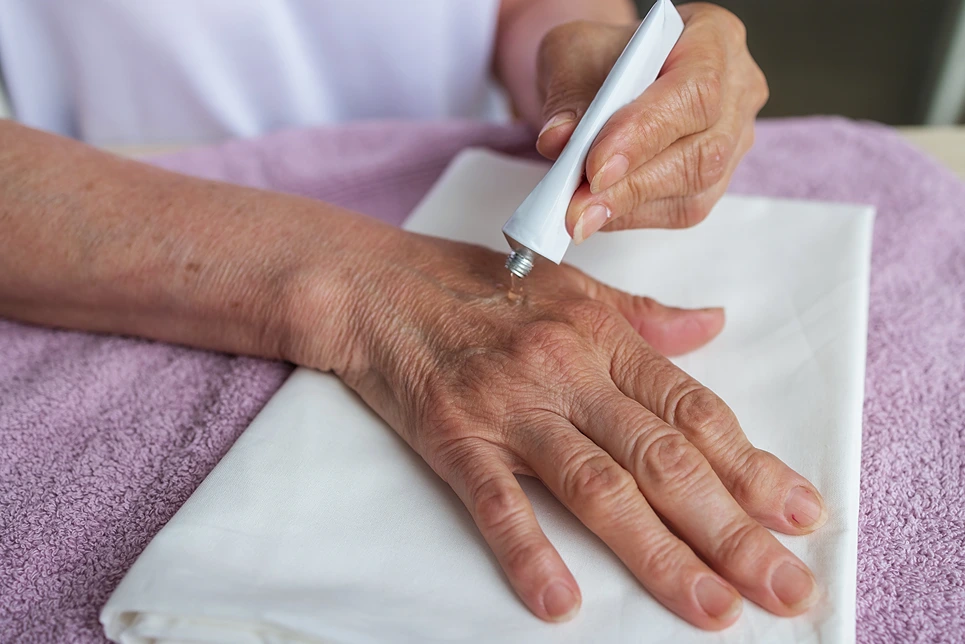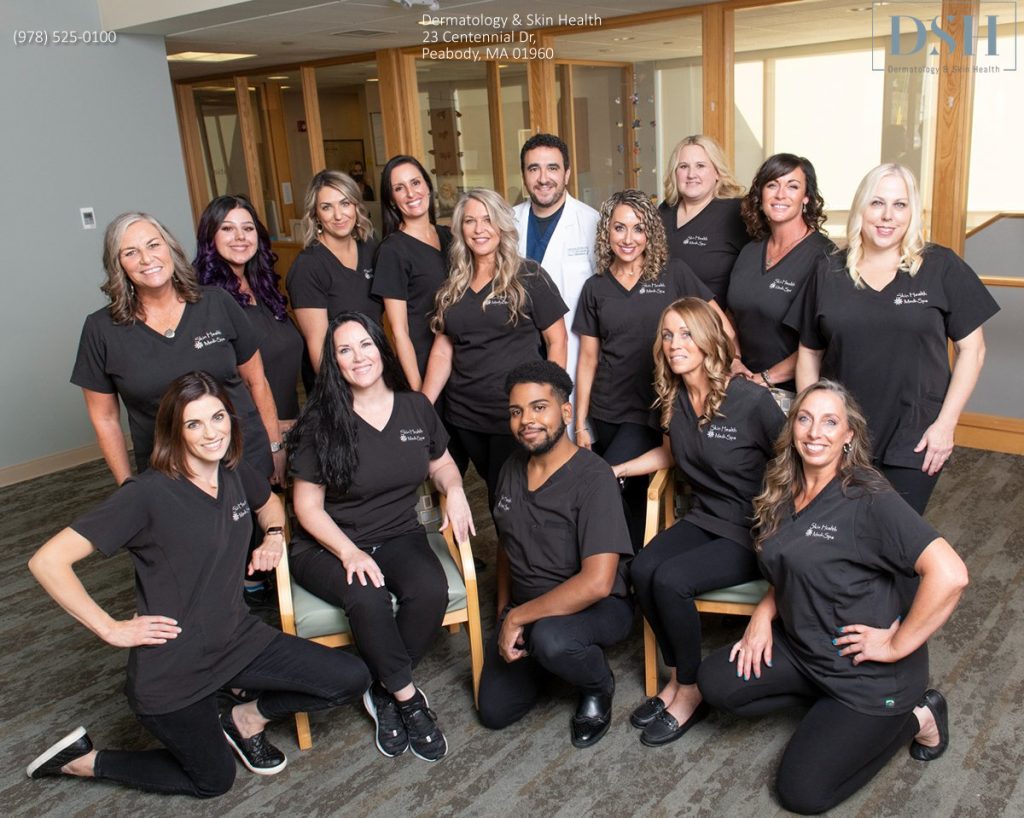


Prescription ointments like penciclovir, acyclovir, and imiquimod are effective treatments for viral skin infections after Mohs surgery. Your healthcare provider can recommend the most suitable option based on the specific type of viral infection you have.
Mohs surgery is a highly effective treatment for skin cancer, but in some cases, it can lead to viral skin infections that require prescription ointment.
If you've recently undergone Mohs surgery and suspect you may have a viral skin infection, it's crucial to understand the common types, symptoms, and treatment options available.
Several types of viral skin infections can occur after Mohs surgery. These include:
Cold sores or fever blisters may appear around the surgical site, presenting as painful clusters of fluid-filled blisters. This is often caused by the reactivation of a dormant virus triggered by the stress of surgery.
Shingles, characterized by a blistering rash following a dermatome, may occur post-surgery. Patients may experience burning, itching, or tingling sensations. This is more common in older or immunocompromised individuals.
Warts may appear around the surgical site due to viral infection of the top layer of skin. Many different strains of HPV exist.
Clusters of small, dome-shaped bumps with central depressions or dimples may develop. While common in children, MCV can also affect adults.

It's essential to be aware of the symptoms of a viral skin infection after Mohs surgery. These may include:
If you experience any of these symptoms, it's crucial to contact your healthcare provider promptly for proper diagnosis and treatment.
Several prescription ointments are available to treat viral skin infections after Mohs surgery. These include:

Prescription antiviral ointments work by inhibiting viral replication in infected skin cells. They prevent viruses from copying their genetic material, thus stopping the spread of infection to surrounding skin. By reducing the duration and severity of the outbreak, these medications promote faster healing of viral blisters or lesions while minimizing pain, itching, burning, and other symptoms.
Additionally, antiviral ointments decrease the risk of secondary bacterial skin infections. Open blisters can allow bacteria to enter the wound, but preventing blister formation reduces the chances of a secondary infection.
Faster healing time also improves the appearance of the surgical wound, minimizing textural skin changes or discoloration, and helping avoid scarring or poor cosmetic outcomes.

If you suspect a viral skin infection after undergoing Mohs surgery, don't hesitate to reach out to your healthcare provider. Prompt diagnosis and treatment with prescription ointments can help speed up the healing process, minimize discomfort, and reduce the risk of complications.
Through understanding the common types of viral skin infections, recognizing the symptoms, and knowing the available treatment options, you can take an active role in your post-surgery recovery and ensure the best possible outcome.
If your desired appointment type or preferred provider is unavailable online, kindly call (978) 525-0100 for Peabody, MA and (603) 742-5556 for all New Hampshire locations. Alternatively please feel free to send us your request via the patient portal, or via email at info@dermskinhealth.com
*For medical dermatology appointments in MA please dial (978) 525-0100 or fill out the appointment request form above.